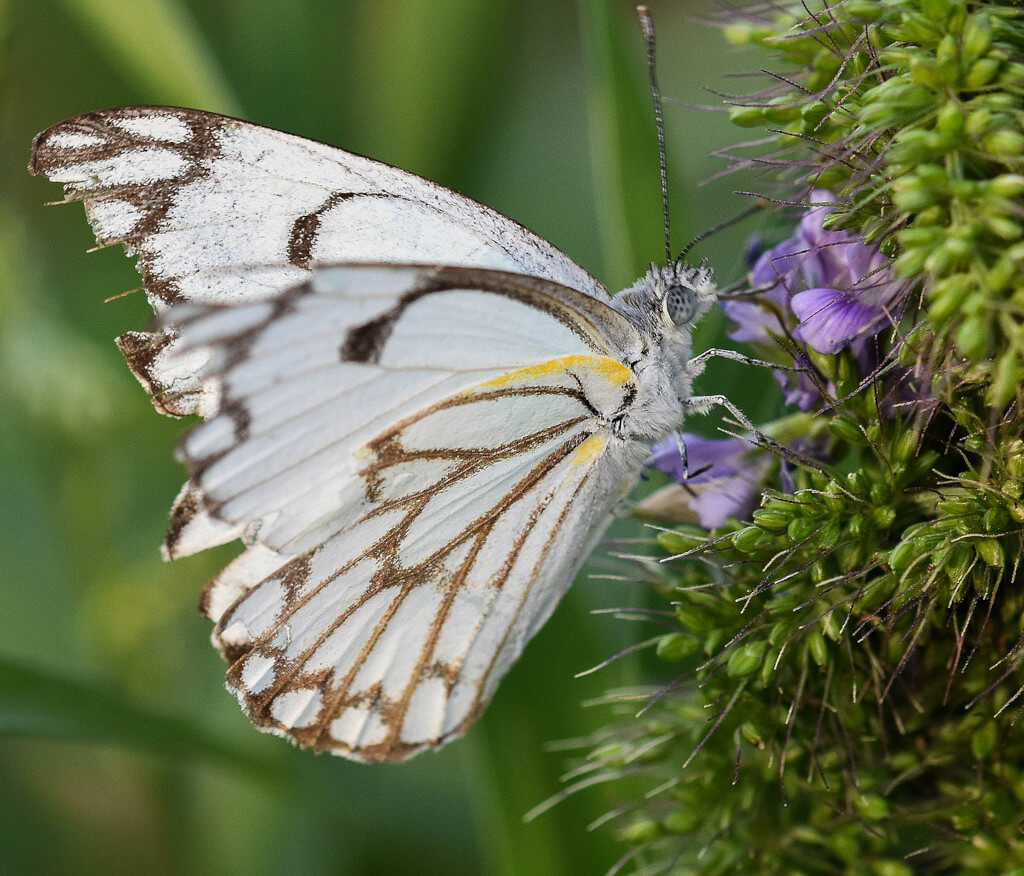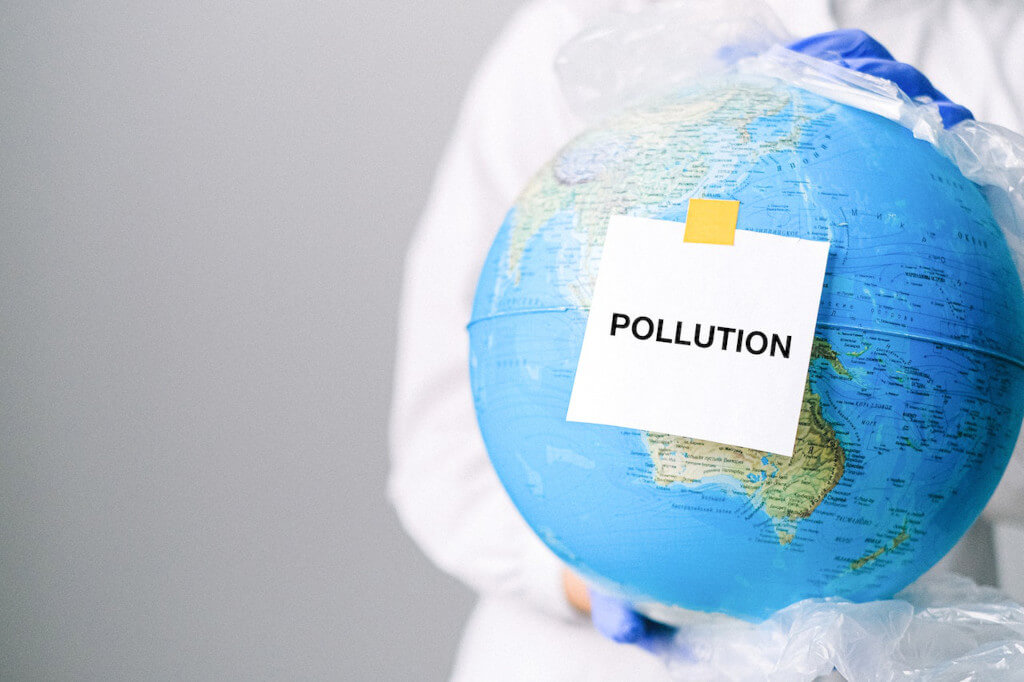Every year, around the middle of summer, during December and January, the skies above the region of Gauteng in South Africa, including the city of Johannesburg, are filled with countless tiny white butterflies. Some of them will land in people’s gardens, providing an excellent opportunity to get a better look at the thin brown patterns that are on their wings. Because of these identifying characteristics, the butterflies are known as the brown-veined white butterfly (Benenois aurora).
The yearly migration tends to take between 80,000 and 155,000 butterflies per hour from the Kalahari region of South Africa to the province of Mozambique. This route takes them through Gauteng, which is hundreds of kilometers away. They are fleeing the dry landscape of the Kalahari in the hope of finding food and moisture elsewhere.
The butterflies migrate in a very large groups, and it doesn’t take them very long to do so; it only takes about a week for the majority of them to pass through Gauteng. The subsequent cloud cover of butterflies is a stunning spectacle, which has been observed not only by people who are passionate about butterflies and scientists, but also by locals.
This Year, They Have Shown Up Much Earlier Than Usual
That might not seem like a big deal. Phenomenologists, however, such as myself, see it as evidence that there have been shifts in the environment that warrant special attention. Phenology is the study of the timing of biological events that occur on an annual basis, such as the blooming of jacaranda trees or the migration of a large number of butterflies.
As a direct consequence of climate change, phenological events are starting earlier and earlier all over the world. Temps that used to indicate the beginning of spring for animals and plants are now happening sooner throughout most parts of the world. This is because of global warming. Concurrently, both the timing of and the total amount of rainfall are undergoing shifts.
Many people do not fully grasp the implications of climate change. Although we are aware that it is taking place, our larger surroundings continue to appear unchanged – at least for the time being. The post-industrial increase in the average global temperature of 1.1 degrees Celsius is difficult to perceive. However, we do take notice when things like jacarandas bloom earlier or when butterflies begin to visit our gardens at an earlier time. In order to make people more aware of the effects of climate change, is very important.
Media Records
We used reports from the media to measure how the timeframe of the yearly butterfly migration had shifted over the past nearly one hundred years.
Over many years, various newspaper reports have covered the butterfly migration. Lately, with the proliferation of social media, photographs of these butterflies have been taken and published on platforms such as Instagram and Twitter, in addition to being published on a variety of other social media websites.
Phenologists can learn a lot from the records kept in print and on social media platforms. For the purpose of our study, we kept a record of the dates of articles published in newspapers and posts made on social media platforms about the spottings of these butterflies in Johannesburg. We then used this information to quantify shifts in the timing.
In addition to this, we analyzed local records of rainfall as well as daily maximum, minimum, and average temperatures as recorded by the South African Weather Network. We were able to identify the role that climate played in driving the changes in timing by comparing the datasets over the time frame of overlap. Despite the fact that our butterfly arrival date database extended much further back in time than most of these climate documents.
In Johannesburg, We Were Able to Amass a Total of One Hundred and Twenty Records of the Brown-veined White Butterfly
We were able to deduce from these that the arrival dates have moved forward by approximately 2.9 days per decade over the course of the last century, moving from approximately the middle of January to the middle of December. Their arrival in November of this year is one month earlier than any of the other dates we have on record. On the other hand, given that we have to rely on reports from the printed and online media, it is quite possible that this is not the soonest that they’ve ever arrived.
The shifting of the timing is due to the intricate relationships that exist between climate and other factors. The statistical correlation that we found to be the most significant in this investigation was between the arrival dates and the combination of the lowest temperature and the total amount of precipitation that occurred in December. This was the month that, for the vast majority of the datasets, occurred either before or during the migration.
When temperatures were higher and there was less precipitation throughout the summer, the butterflies appeared earlier. This year, the beginning of the summer rainfall zone’s rainy season occurred much later than it typically does, and the months of October and September were characterized by extremely hot and dry conditions. Even though November was a rainy month in Gauteng, the conditions in the months leading up to the migration are still the most important factor in determining when it will occur.
Evaluating the Dangers
As soon as possible, the butterflies will depart from Johannesburg and carry on with the next leg of their journey, which is to reach Mozambique. There is a possibility that not all of the butterflies will make it, and due to the fact that their lifespan is so short (only two weeks), even the ones that do make it won’t live for very much longer.
It is impossible for us to pinpoint exactly when the subsequent group will travel through Gauteng. However, phenologists will be keeping a close eye on the situation and using information about timing and temperature to evaluate the risks that are posed to butterflies and the ecosystems that they call home.





